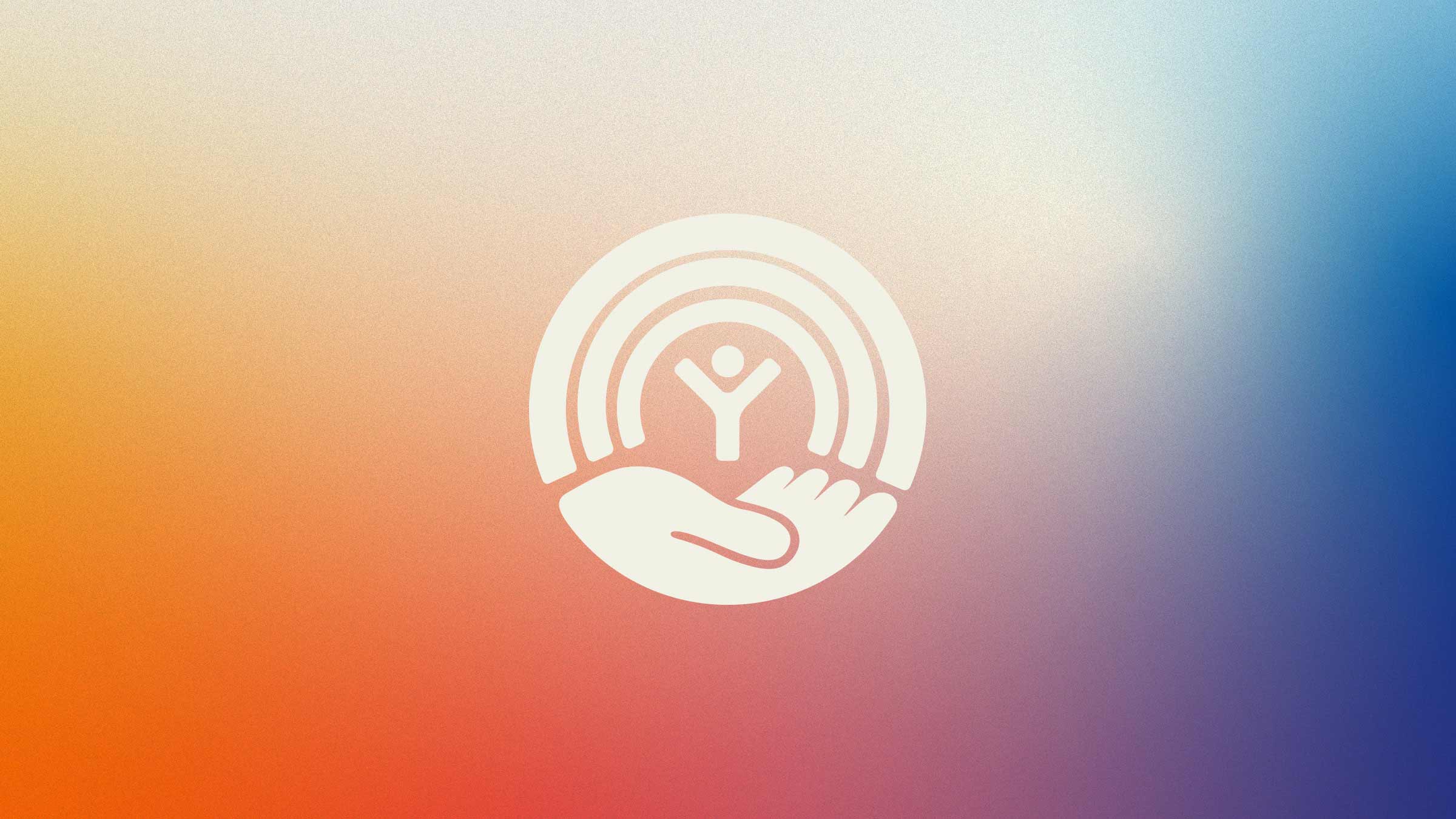We're guided by a bold, new vision: A united community where all people thrive – regardless of income, race or place of residence.
In the first year of a long-range, transformation plan to address the changing needs of our region, Greater Twin Cities United Way announced its 2018 results. These results reflect our plan, as well as expansion of community support, funding sources, innovative programs and partnerships.
“Greater Twin Cities United Way has moved well beyond your ‘grandfather’s community chest’ model. We take a long-term, holistic approach to serving the community because it takes more than fundraising to make a significant impact,” said Tim Welsh, chair of United Way's board. “As a result, we have new holistic metrics for which we’re holding ourselves accountable.”
2018 Results
In partnership with generous donors and community leaders, in 2018, United Way:
- Impacted the lives of 500,000 people in the Greater Twin Cities region, many of whom cannot afford their basic needs.
- Successfully advocated with partners for $91 million in state funding that was invested in our community in 2018, focused on housing, food access, education and workforce training.
- Engaged 61,000 volunteers who worked on service projects, valued at $15 million in community benefits.[1]
- Provided over 273,000 referrals to services through United Way’s 211 resource hotline, addressing 31 urgent needs every hour of every day. Every dollar invested in 2-1-1 provided $2.38 in services.[2]
- Distributed 20 million meals.
- Helped participants of economic opportunity programs increase average individual annual earnings by $23,000.
- Supported and impacted the bottom line of 23 organizations led by and serving people of color and American Indians through our Culturally Powered Communities program.
- Raised $68.6 million in 2018 for the community to be invested in 2019.
- Program Expansion: Our Career Academies program addresses the workforce shortage and opportunity gaps for students from households with low incomes. Since 2015, 4,800 high school students are on career paths while collectively earning over 6,000 college credits and saving $1.9 million in tuition costs.
- Technology Innovation: In the winter of 2018, we provided free Lyft rides to warming shelters via the 2-1-1 resource hotline. We also launched Salesforce Philanthropy Cloud, a new digital platform for corporate employee giving.
- New Corporate Partnerships: We're partnering with companies in new ways by providing value-added leadership development and volunteer opportunities. This includes board service trainings, learning sessions, tours of nonprofits and tailored volunteer experiences.
- Community Impact Strategy: Based on more than 100 listening sessions, we implemented a new community impact strategy, anchored in equity. It focuses on providing better access to housing, healthy food, education, and economic opportunity.
- Consulting Services Model: We are testing a consulting model with fee-based services, including developing and managing grant-making strategies for individuals; partnering with companies to develop corporate social responsibility strategies; developing and managing corporate volunteer programs; and providing guidance to foundations on governance.
New Leadership
John Wilgers joined Greater Twin Cities United Way as president and CEO in June of 2019.
“During our next phase of our transformation, we will build on our strengths as an innovator, a catalyst for change, a multiplier, investor and strategic philanthropic partner,” said John. “Impacting the community through research-based innovation is our focus for the next few years. Innovations may include developing and testing new ways to serve the community such as support for young children who have experienced trauma as well as the expansion of our food security and Career Academies programs.”
Sources:
- The Value of Volunteer Time/State and Historical Data. Independent Sector. 2017
- Policy Analysis and Program Evaluation Services. Making Connections – Creating Value: Greater Twin Cities United Way 2-1-1 Benefits/Cost Analysis 2013-2023
